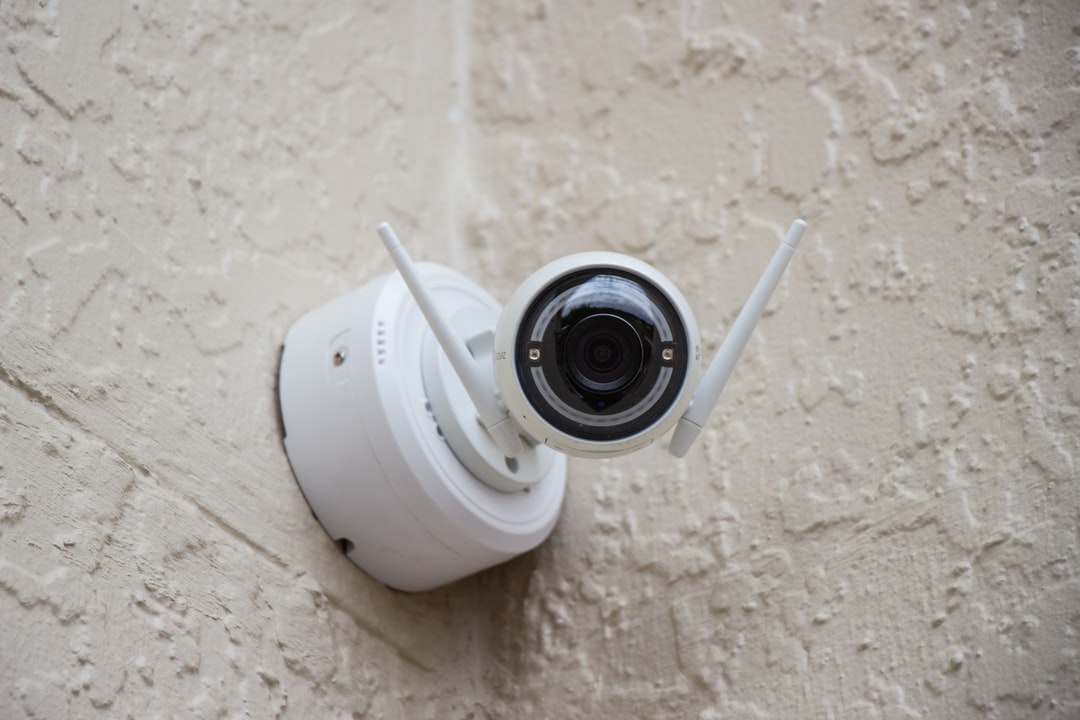Statistics predict that the home CCTV market size will reach $11.89 billion by 2027 globally.
Meanwhile, in the US business world, security cameras are mostly found in private-sector retail and the likes of offices, hotels, and restaurants, with the market gaining on China for CCTV use. As of 2019, America has one camera per every 4.6 people.
If you're looking to beef up the security on your home or business, you might be wondering what camera to invest in.
We recommend an HD wireless IP camera. Read on to find out what you need to know when buying one of these.
Breaking Down the Features of an HD Wireless IP Camera
The reason these types of security kits are so effective is that they incorporate three key elements.
Each feature - IP, Wireless, and HD - is excellent in its own right. There are cameras available that feature just one of these elements, but you can't go wrong by investing in a camera that boasts all three.
Wireless Cameras
The clue is in the name. These CCTV devices do not require wiring, so installation is a much simpler process.
A wireless camera works perfectly for locations that require security kits but need a more conspicuous look, so as not to interfere with aesthetics or involve damage.
Protected buildings, for example, would benefit. This can either be a home or a business. These kinds of cameras are particularly useful on historic structures.
Internet Protocol (IP) Cameras
An internet protocol camera is linked to a network, which allows it to share footage live, online.
The camera records the footage and makes it accessible anywhere in the world via the network. This means the business owner or homeowner has access to their property whenever and wherever.
Via a compressed bandwidth function, the footage is accessible globally and also backed up; this allows it to be re-accessed and rewatched.
These cameras are great as a low-maintenance option and can be accessed on any personal computing device such as a cell phone, tablet, or PC.
An internet protocol camera is certainly the way of the future. The alternative is an analog security system that is used in tandem with a central controlling and data recording device. These are clunkier and less user-friendly.
If recording in centralized mode, IP cameras are hooked up to a Network Video Recorder (NVR). The wireless version of this camera sees the connection linked via WiFi.
If recording in decentralized mode, each IP camera acts as a stand-alone device on their own networks. They have individual IP addresses and are accessed via your Local Area Network (LAN) on any device connected to them.
Most IP cameras work in both modes, at the same time.
High Definition (HD) Cameras
HD equipment is the best for picture quality. These devices are the crispest when it comes to CCTV equipment.
The resolution on a high-definition camera ranges from 720p up to 4K. This is great for precise capturing, where grainy images won't threaten your data. These devices will often be used in businesses such as casinos or banks. The quality of the footage allows for excellent criminal identification.
This resolution quality can be provided in models such as bullet CCTV, cube CCTV, or dome CCTV. They have a zoom function for close-up recording.
Dome cameras are usually interior cameras, built into a ceiling. The camera itself is hidden beneath the protective dome-shaped casement, which allows the CCTV to capture all angles. As it's very difficult to tell which way a dome camera might be pointing at any given time, it's a great deterrent to criminals.
Bullet CCTV devices are simple to install and have a mounting handle, which can be positioned easily onto a desired focal point. They tend to be used outdoors and are more resilient when it comes to differing weather conditions.
Cube cameras are designed to be installed in a corner of a room on the ceiling. They can also be installed somewhere on a level surface. Ordinarily, they will have built-in speakers and microphones, like baby monitors.
Choosing an HD Wireless IP Camera
When selecting a camera, it's best to decide what extra features you want from the device and to think about where it will be installed.
If indoors, you can opt to hide your camera or have it on display. Hiding can be good for catching potential criminals and then ID-ing them later. Also, hiding a camera won't interfere with the aesthetic of your interior.
However, a more obvious device can be a great way of deterring crime.
If using outdoor IP cameras, bullet cameras (described above) are usually best. Once installed, they require less adjustment. Their 'obvious' look act as deterrents as well. Dome cameras (also see above) are arguably harder to interfere with or vandalize, however.
With regards to features, consider the protocols support of your IP device.
If using externally, look at how resilient and weatherproof your camera is. This not only goes for the physicality of the camera but also the clarity of the data capture. With HD, however, you can't go wrong.
Look at resolution levels, and whether infrared is included to capture nighttime images. It's helpful to also think about the storage capacity of the system you are investing in.
Investing in an HD Wireless IP Camera
This guide has hopefully laid out the features of the HD wireless IP camera and why it's the right choice for monitoring your home or business.
We know protecting your home or business is a big deal. If you have any questions about these cameras, or about finding a home or business CCTV system in general, we are happy to help.
Get in touch with us and one of our experienced, friendly team will be glad to talk to you further.

